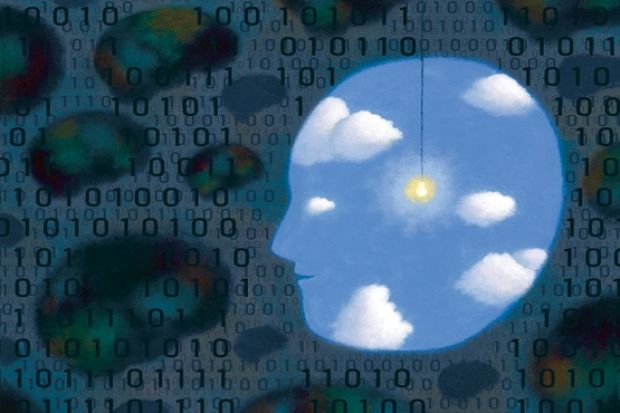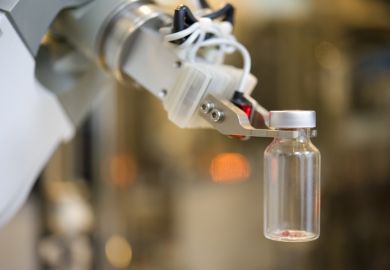Source: James Fryer
A surprising number of researchers rarely carry out tests on human participants. Some studying autism have never met a person with autism
Psychological thinking, particularly of the cognitive ilk, used to take place only in philosophy or physiology departments. For centuries, psychology did not exist as a separate discipline.
Then a more experimental cognitive approach was pioneered in the late 1870s by Wilhelm Wundt, the German “father of modern psychology”, and later in the Anglo-Saxon world by American behaviourist John B. Watson. The effect was to shift the discipline into the social and educational sciences.
Some sub-domains of psychology remain in the humanities to this day, but towards the end of the 20th century and increasingly since the start of the 21st, exciting new empirical methodologies have resulted in the departments increasingly migrating into faculties of science alongside biology, mathematics, genetics, chemistry and engineering.
Techniques such as functional magnetic resonance imaging (fMRI), magnetoencephalography (MEG) and functional near-infrared spectroscopy (fNIRS) have given psychologists previously unimagined access to some of the inner workings of the brain.
This in turn has prompted a seemingly endless list of new neuroscience disciplines, including educational, behavioural, cognitive, social, cultural, systems, computational, developmental and evolutionary neuroscience - not to mention neurolinguistics, neurogenetics and neuroeconomics. Any psychologist who does not have an image of the brain in their presentations runs the risk of being dismissed as behind the times.
Huge advances have been made in mapping complex behaviours to complex neural circuits. Fascinating studies now reveal that different neural processes can underlie similar overt behavioural performances. Intervention studies can measure not only whether behaviour has changed, but also whether connectivity in the brain has been modified as a function of new learning. The nature-versus-nurture debate has become far more sophisticated and now tends to focus on epigenetics and the complexities of gene-environment interaction. Elegant computational modelling techniques have made it possible to generate precise hypotheses about the mechanisms involved in human learning. There is no doubt in my mind that the field of cognitive psych-ology - henceforth, of course, cognitive neuroscience - in particular has taken huge strides forward.
Yet these advances are not all positive. They bring with them a lurking risk that truly psychological intuitions and hypotheses will be lost. Nowadays, a surprising number of young researchers rarely, if ever, actually carry out tests on human participants. For instance, some studying genotype-phenotype relations in autism have never met a person with autism. The data they use for their analyses are stored on a database, on which they can search for correlations.
A neurological approach is also very unenlightening when it focuses merely on highlighting the brain regions that “light up” during a task, rather than scrutinising the real-time dynamics of complex brain circuits in order to test a hypothesis. Too many brain imaging studies seem to ignore a century of building and testing cognitive-level theories, and tell us no more than we already knew from behavioural studies carried out before the invention of the scanner.
Worse, brain imaging studies can be misinterpreted by non-specialists. This is particularly common in education, where a number of myths about the brain abound based on educationalists’ misreading of cognitive neuroscience.
So, while I welcome all the amazing technological advances of the past two decades, I worry that today’s students of psychology will operate in ways that are almost devoid of deep psychological insights. I worry that they will focus on the technology rather than the humanity, forgetting that powerful scanners are no more useful than a pencil unless they are used to test clearly formulated psychological hypotheses.
Of course, the necessity for today’s students to embrace a multidisciplinary approach imposes on them much greater demands than those faced by previous generations. Nonetheless, psychology still counts. Secondary school and university training in psychology must continue to provide students with the full history of the subject, encouraging deep- seated psychological intuition and reasoning before exposing them to colourful pictures of the brain. Otherwise, although they may marvel at the technology, they will not make the best use of it.




